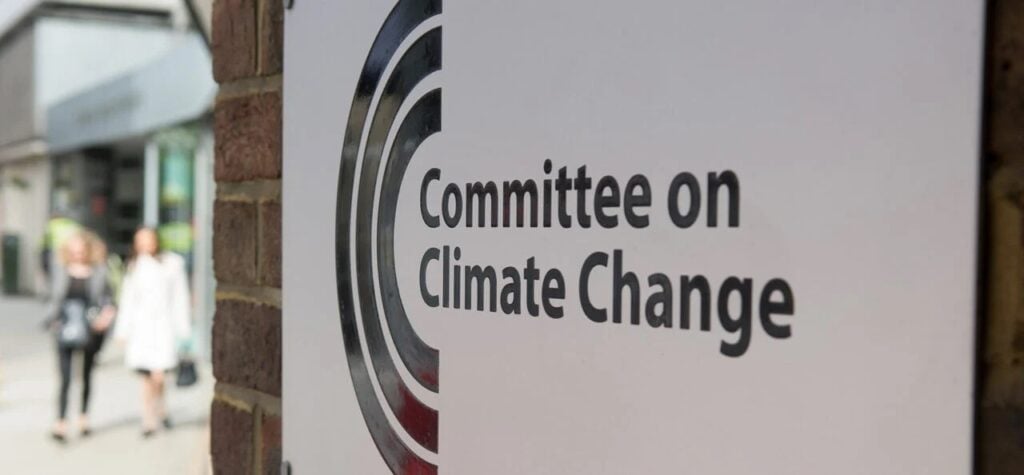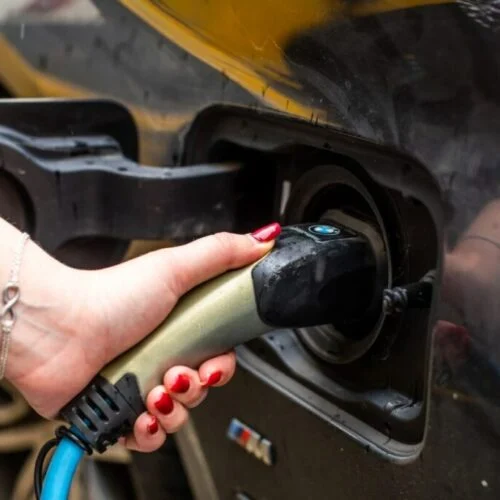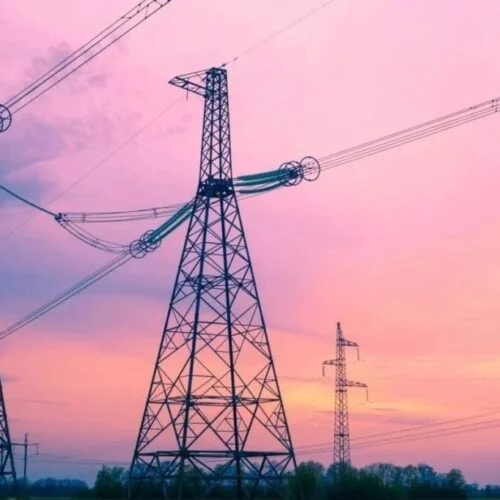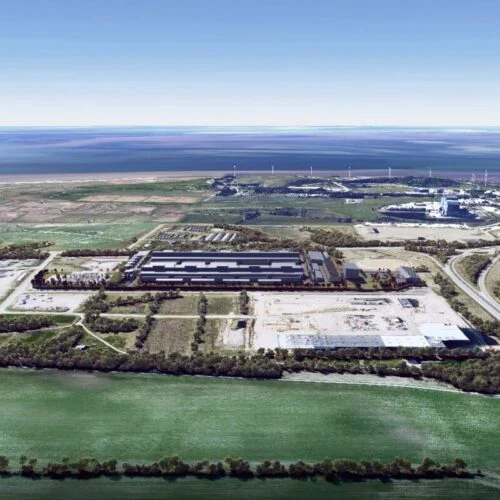The Climate Change Committee (CCC) has published its annual report to parliament on emissions reduction progress in relation to the carbon budgets set by the independent, statutory body.
The ‘Progress in reducing emissions – 2025 report to Parliament’ document primarily focuses on progress towards the 2030 nationally determined contribution (NDC) of reducing emissions by at least 68% compared to 1990.
By 2024, emissions had halved compared to 1990 levels (a reduction of 50.4%). During 2024, emissions fell by 2.5%, the tenth consecutive year of sustained reduction in emissions, excluding the Coronavirus pandemic years 2020 and 2021.
The headline recommendation in this year’s report, which makes 38 recommendations to government in total, is to make electricity cheaper.
As Jess Ralston, head of energy at the Energy and Climate Intelligence Unit (ECIU), pointed out, this is the second year in a row that this has been the key piece of advice.
Ralston said: “Lowering electricity costs means more households and industry switching to technologies like electric heat pumps, fuelled more and more by British renewables that will stabilise prices while gas will increasingly come from abroad as the North Sea continues its inevitable decline.”
At the moment, the CCC says, people who switch to electric technologies, such as EVs or heat pumps, two key pieces in meeting the 2030 NDC, pay more than the actual cost of supplying the additional electricity that they demand, “because of policy decisions taken many years ago”.
The report says: “Removing policy costs from electricity would ensure the underlying cost-savings of switching to efficient technologies are captured by households and businesses, encouraging take up.
“The government has made no clear progress on removing policy costs since the election. Making electricity cheaper remains our first recommendation.”
Electricity supply drives emissions reduction achievement
The emissions reduction seen in 2024 was driven by the decarbonisation of the electricity supply, with the closure of the last coal-fired power plant closing in October 2024 cited as a key factor.

However, the progress report says that from now until 2030, over 80% of the required emissions savings will be made through sectors other than energy supply: the electrification of surface transport, buildings and industry.
Within that wider electrification, though, continued decarbonisation and expansion of the electricity system will play a key role.
Beyond 2030, in order to achieve the Sixth Carbon Budget of a 78% emissions reduction compared to 1990, reducing emissions from aviation, agriculture and land use and ramping up engineered carbon removals will play a key role.
Emphasis on EV
With EVs a core focus for reducing emissions over the next four years, the CCC notes that approximately half of the emissions savings seen in 2024 came from new vehicles registered within the previous two years; the pace of change needed is therefore achievable.
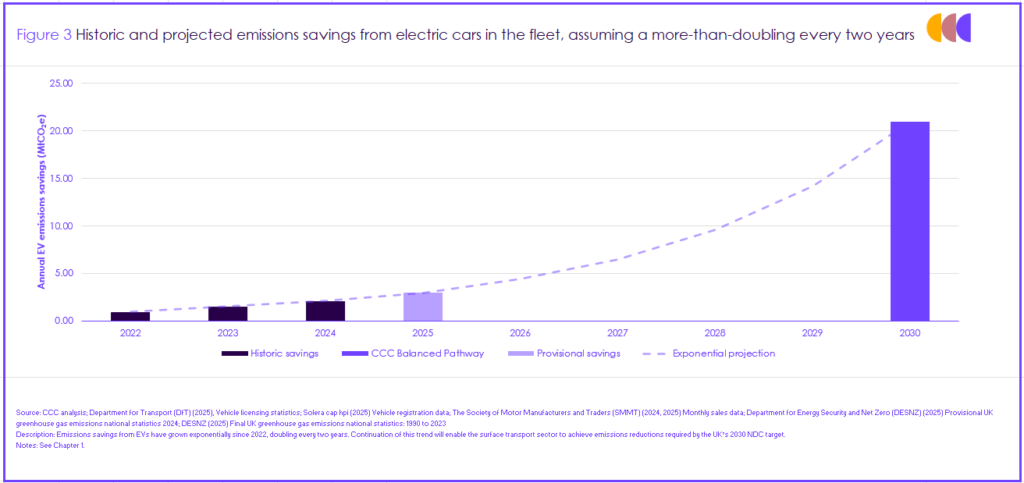
The reinstatement of the 2030 phase out of internal combustion engine (ICE) vehicles is praised by the CCC and this element of the zero emissions vehicle (ZEV) mandate is given as a core reason for improvement.
However, other changes announced will have limited improvement: the way that the ZEV mandate measures emissions savings from plug-in hybrids, by estimating the proportion of driving time that will be powered by the battery in electric mode, underestimates real-world emissions by almost 250%.
Head of transport at the ECIU Colin Walker said: “As the committee has identified, the government’s recent changes to the ZEV mandate have the potential to undermine this UK success story, by incentivising the sale of plug-in hybrid electric vehicles (PHEVs) at the expense of EVs.”
Improvements on last year
In the report issued in July last year by the CCC, it said annual offshore wind installations must increase by at least threefold by 2030, onshore wind installations must double, and solar installations increase fivefold.
This year, the CCC says total rollout of offshore and onshore wind and solar capacity increased in 2024 by more than the increase seen in any of the previous six years.
While it commends the clarity provided by the implementation of the government’s Clean Power 2030 (CP30) Action Plan, the CCC notes that achieving CP30 will require total operational capacity to more than double by 2030.
That means tripling annual installations of both onshore and offshore wind and a four-fold increase in solar compared to the average rate seen at the start of the decade.
The report also notes improvements made by the current government which has removed planning barriers from renewables development and sped the rollout of EVs and heat pumps.
Meeting the 2030 NDC
The CCC states that for 38% of the remaining emissions reduction needed to meet the 2030 NDC, credible plans have been made by the government.
For 23% of the actions necessary to that reduction, there is some risk attached: delivery risks for planning, grid connections and the success needed in upcoming Contracts for Difference (CfD) rounds will all impact the amount of deployment achieved in the name of CP30. There is also some risk around the Clean Heat Market Mechanism (CHHM) that will affect heat pump rollout.
There is significant risk attached to 20% of the needed reductions, primarily in the form of a lack of policy driving industrial electrification and the uptake of carbon capture and storage (CCS) in industry—the report was completed before the government’s Industrial Strategy was published—improvements to efficiencies of petrol, diesel and hybrid vehicles; and decarbonisation of public sector buildings and plans for peatland restoration and tree planting.
Responding to the report, Yselka Farmer, CEO of UK manufacturing trade association for the electrotechnical sector BEAMA, said: “The decisiveness of the Clean Energy Industries Sector Plan within the Industrial Strategy now needs to be mirrored in the separation of wholesale gas costs from electricity prices.”
For 14% of the necessary reduction there are insufficient plans. The CCC says the key area is heat pumps as well as the proportion of engineered removals required in the government’s plans.
The CCC says quantified emissions reduction plans will leave reductions at 4% lower than needed for the 2030 NDC.
